How to Socialize an Adult Dog: An Introduction
If you’re asking how to socialize an adult dog, you’ve likely got a furry friend who’s a bit reserved or anxious in social scenarios. Fear not – with the right approach focused on comfort and gradual exposure, your adult dog can successfully learn to navigate the social world. This article provides clear, manageable steps to help your companion gain confidence in a variety of social settings. Get ready for a journey that will expand both your horizons and your dog’s.
Key Takeaways
- Older dogs can learn to socialize with patience and the right techniques, improving their mental health and overall well-being.
- Trust and comfort are foundational for socialization of adult dogs, requiring regular routine, a safe space, and positive associations with new experiences.
- Using positive reinforcement effectively—through treats, praise, and controlled introductory meetings—can lead to successful socialization, even for an adult dog.
Understanding the Social Landscape for an Adult Dog
What exactly is dog socialization, and why does it matter? Dog socialization is essentially the process of helping your dog feel comfortable in various situations, around different individuals, and in diverse environments. It’s not just about making your dog a sociable butterfly; it’s about enhancing their mental health and overall well-being.
Many dog owners may have heard that the critical socialization window closes after a puppy’s first few months. If you’re an owner of an adult or older dog, don’t despair! While it’s true that socializing puppies can be easier, older dogs can also be successfully socialized with a bit of patience and the right techniques.
Find other dog owners who are also socializing an adult dog at Furlyfe.com.
Laying the Foundation for Trust and Comfort
Laying a solid foundation of trust and comfort is a necessary first step before beginning your journey to socialize an adult dog. Your dog needs to feel safe and secure before venturing into the world of new experiences.
Maintaining a calm and assertive demeanor around your dog plays an integral role in building trust. Dogs are sensitive creatures and can pick up on their owner’s emotions. Your calmness and confidence can have a positive influence on your dog during the socialization process.
Establishing a Routine
A consistent routine can be a game-changer in your dog’s journey towards becoming well-socialized. It provides a sense of security and predictability for your dog, which is paramount for their mental well-being. This includes regular feeding and walking times, which also contribute to improving both yours and your dog’s sleep habits.
But remember, while consistency is key, maintaining a degree of flexibility in your dog’s routine is equally important. Unforeseen changes can occur, and if your dog is too rigid in their routine, such changes could cause anxiety. Daily activities should also include:
- feeding
- exercise
- playtime
- training sessions
- socialization efforts
Making these activities a natural part of your dog’s routine will help keep them happy and healthy. Read more about dog training here.
Creating a Safe Space
For effective socialization, you should create a safe space for your dog to become properly socialized. This should be a quiet, disturbance-free area where your dog can retreat and observe new experiences from a distance before participating. Crate training is helpful for this purpose.
Equip this safe space with comforting items, such as your dog’s bed, favorite toys, and blankets. These can help your dog feel more secure. Remember, the space should be large enough for your dog to move around comfortably, but small enough to be cozy and contained.
Navigating New Interactions with People
Now that the foundation for trust and comfort is laid, the next step is to introduce your adult dog to new people. This process should be done in a relaxed environment to help associate these new interactions with positive experiences. The goal is to ensure that your dog doesn’t feel overwhelmed.
During introductions, always respect your dog’s comfort and boundaries. For instance, if your dog shows interest, strangers can greet them during walks. If the dog appears to be nervous, it might be best to avoid an introduction at that time. This approach will ensure that your dog feels in control and safe at all times.
The Power of Positive Associations
Within the proper socialization process, positive associations serve as a powerful tool. They involve linking new experiences and interactions with something your dog loves, like their favorite treat or a praise. This can make the introduction to new people a positive experience.
Remember, the treats you use should be small, soft, and easily consumed to keep the training session moving smoothly. Verbal praise should accompany the food reward. It’s also essential to reward confident and comfortable behaviors, not fear or shyness. This helps to reinforce the desired behaviors and avoid reinforcing unwanted behaviors.
Reading Your Dog’s Body Language
When socializing your adult dog, the ability to read their body language becomes a vital skill. Observing changes in their ears, eyes, and tail can help you identify their emotions and adjust the socialization process accordingly.
If your dog shows signs of stress or fear, it’s important to slow down the socialization process. Break the exposure into smaller stages and be cautious not to push your dog too quickly. This will help prevent setbacks and ensure a positive socialization experience for your dog.
Gradual Introductions to Other Dogs
After your dog has become comfortable with new people, it’s time to introduce them to other dogs. This process should be gradual and start with controlled meetings. During these meetings, reward your dog’s calm behavior with treats to reinforce positive interactions.
As your dog becomes more comfortable with the other dog, you can move towards off-leash interaction in a controlled environment. This gradual approach will help your dog build confidence and adjust to the new experiences at their own pace.
Controlled First Meetings
Introducing your dog to other dogs necessitates controlled first meetings, which are a vital step. The goal is to familiarize them with each other in a neutral environment while ensuring they remain calm, as not all dogs may have the same temperament.
If the dogs become too focused on each other, follow these steps:
- Increase the distance between them until they can walk calmly side by side.
- Once they’re comfortable, allow them to sniff each other briefly before leading them away.
- Repeat this process several times to gradually familiarize them with each other.
Progressing to Playdates
Once your dog is comfortable with the other dog, it’s time to progress to playdates. Choose a well-socialized and calm dog for the first few playdates to ensure positive experiences. Keep the initial play sessions short to prevent overstimulation.
Always supervise the dog’s interactions during play to identify any overly rough behavior or signs of discomfort. Don’t forget to implement breaks during play to regulate arousal levels and prevent potential conflicts. As your dogs become more comfortable with each other, you can gradually allow them more freedom with off-leash play in a secure area.
Exploring the Great Outdoors Together
When your dog is comfortable with people, other dogs, and other animals, you can begin exploring the great outdoors together. Daily walks introduce your dog to new sights, sounds, and smells, providing essential mental and physical stimulation.
Visiting dog parks is also an integral part of socializing your adult dog. It introduces your dog to different types of dogs, broadening their social adaptability and helping in developing well-rounded behavior. Remember to bring treats on walks and provide them during positive interactions to reinforce friendly behavior.
Regular Walks in Diverse Environments
Walking in diverse environments can contribute to:
- Disease prevention
- Increased physical activity meeting adult guidelines
- Mental and emotional stability for both the owner and the dog
- Introducing your dog to various stimuli, making them more adaptable and well-rounded.
The neighborhood built environment influences dog walking behaviors and should be considered for varied walking experiences. Regular walks in diverse environments should be a part of your dog’s consistent routine for maximum benefit.
Calmly Walk Through Dog Parks
Dog parks are a great place for your dog to observe and learn from other dogs. Initially, you may want to visit the dog park without actually entering the fenced area. This allows your dog to become accustomed to the park’s environment and multitude of stimuli.
As your dog grows more comfortable, you can start entering the park while providing positive reinforcement. Remember, the goal is to create consistently positive experiences, which are crucial for building confidence and comfort in social settings.
Positive Reinforcement: The Key to Success
Employing positive reinforcement can significantly enhance the success of your dog’s socialization process. It involves rewarding your dog for showing desired behavior, establishing a clear line of communication and providing mental stimulation during socialization.
In practice, positive reinforcement involves using:
- food treats from pet stores
- praise
- petting
- favorite toys
to enhance your dog’s bonding experience with you. Remember, consistency in rewarding desired behavior and immediate rewarding after the desired behavior is crucial for your dog to associate good behavior with positive outcomes.
Rewards and Praise
When it comes to rewards, treats can be a great motivator for your dog. High-value treats such as:
- freeze-dried liver
- cheese
- hot dogs
- chicken
can be used during socialization. These treats should be small in size to keep your dog focused on you. Be sure to avoid these common food allergies.
Alongside treats, don’t underestimate the power of praise. Verbal reinforcements such as a hearty ‘yes’ or ‘good dog’ can strengthen the behavioral connection. Remember, as your dog consistently demonstrates the learned behavior, you can gradually decrease the frequency of treats while maintaining praise.
Comprehensive Socialization Checklist
Embarking on the socialization journey with your adult dog? Keep track of your progress with this handy checklist! It’s designed to help you methodically expose your canine companion to a variety of social scenarios in a structured way.
From meeting new people and dogs to exploring different environments and responding to various stimuli, this checklist will be your roadmap to ensuring a comprehensive socialization experience for your furry friend. Remember, the goal is to build your dog’s confidence and comfort level at their own pace, so check off each item as you go, and don’t rush the process.
For a full list of socialization steps, read our socialization checklist here.
When to Seek Professional Guidance
While socializing your adult dog can be a fulfilling journey, recognizing when professional help is needed is important. If your dog exhibits signs of aggression, such as growling or snapping, or if they show fear-related behaviors like anxious reactions in new environments or dog barks, it may be time to consult a professional. A good resource for this is the Association of Professional Dog Trainers.
Professionals like a certified canine behavior consultant or a board-certified veterinary behaviorist can provide valuable assistance in your dog’s socialization process. They can address problematic behaviors safely and effectively, ensuring a positive and successful socialization journey for your adult dog.
Integrating Fun Activities into Socialization
Integrating fun activities into the socialization process can make it more enjoyable for your dog and help maintain their social skills. Games that use your dog’s natural senses and problem-solving abilities can enhance their socialization experience.
Organizing playdates, attending doggy daycare, or even going for car rides can serve as excellent socialization activities. These experiences provide controlled environments for your dog to become dog socialized, practicing and developing their social skills while having fun!
Overcoming Setbacks with Patience and Persistence
The journey to socialize your adult dog may not always be a smooth one. There may be setbacks along the way, but remember – patience and persistence are key. Allow your dog to set a comfortable dog’s pace for interactions and be prepared to provide a cooling-off period when needed.
Set realistic expectations and understand that older dogs may need more time and effort to become well-socialized compared to adult dogs. But with consistent and positive experiences, your adult dog can build confidence and social skills over time. Remember, every dog is unique, and any progress, no matter how small, is a step in the right direction.
Summary
Navigating the world of adult dog socialization may seem daunting, but with patience, persistence, and the right tools, you can guide your four-legged friend towards becoming a well-socialized companion. From understanding the social landscape for an adult dog to overcoming setbacks, each step of the journey brings you closer to your goal.
Remember, it’s not just about teaching an old dog new tricks. It’s about enhancing their mental health and overall well-being, allowing them to live a happier, more fulfilled life. So, embark on this journey with your furry friend and open up a world of new experiences for them!
Frequently Asked Questions
Is it too late to socialize my dog with people?
It’s never too late to socialize an adult dog. Start taking your dog outside and introducing them to new people today to help them adjust.
How do you socialize an older dog with anxiety?
Start by slowly exposing your older dog to trusted friends one at a time, then gradually introduce them to new environments. Be patient, watch for signs of stress, and use calming aids to help them relax. Let people know your dog needs space and take it slow to avoid overwhelming them.
What happens if a dog is not socialized?
If a dog is not socialized, they may exhibit fearful or aggressive behavior around other dogs or people. This can lead to difficulties in managing their behavior and can cause them to be deeply scared of new situations and people.
How do I socialize my dog that growls at other dogs?
Start by exposing your dog to a friendly dog and reward them for calm behavior. Increase the interaction gradually to help your dog become comfortable around other dogs. Good luck with your training!
What should I do if my dog shows signs of stress or fear during socialization?
If your dog shows signs of stress or fear during socialization, it’s important to slow down the process, break exposure into smaller stages, and be cautious not to push your dog too quickly. This will help your dog feel more comfortable and confident.

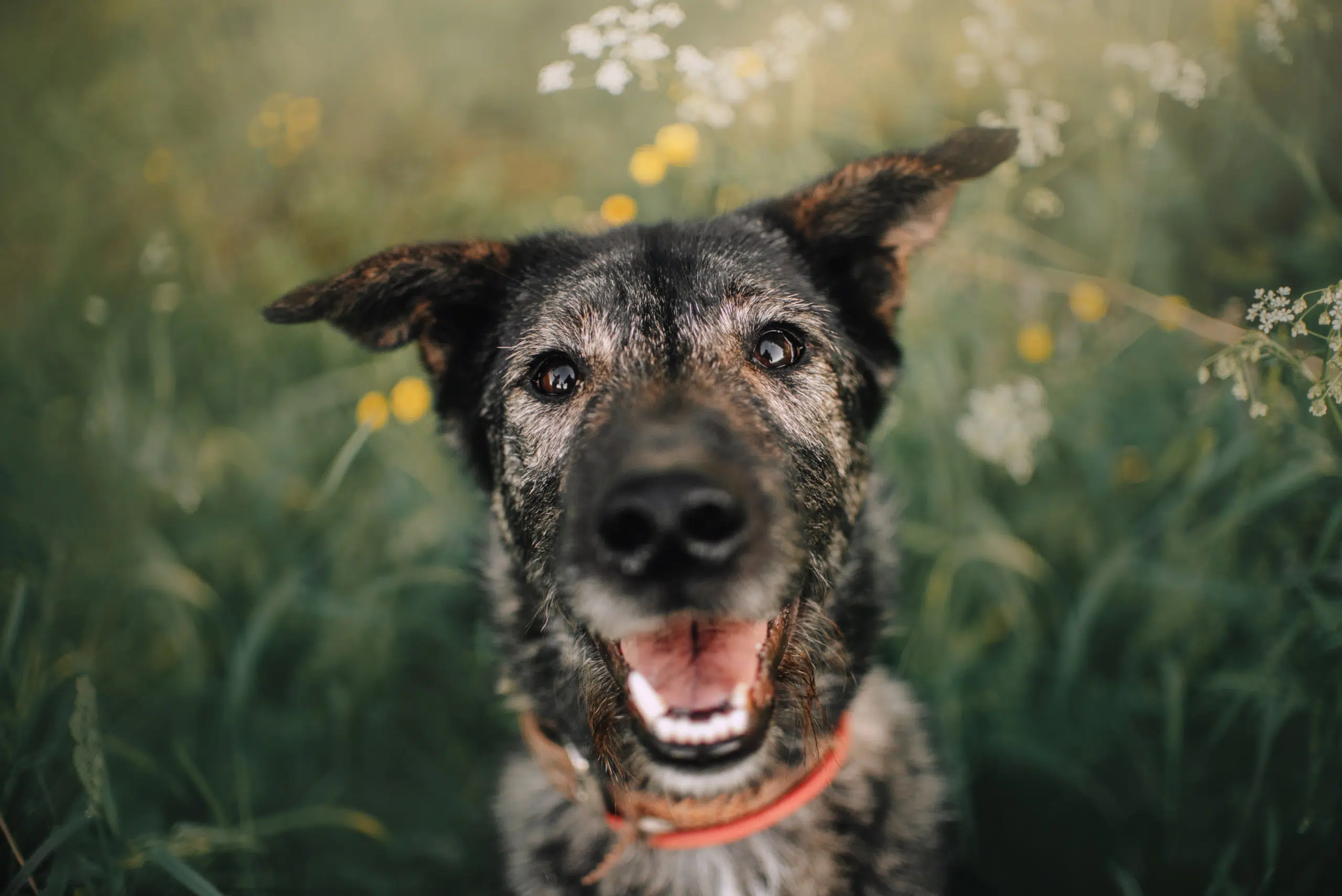
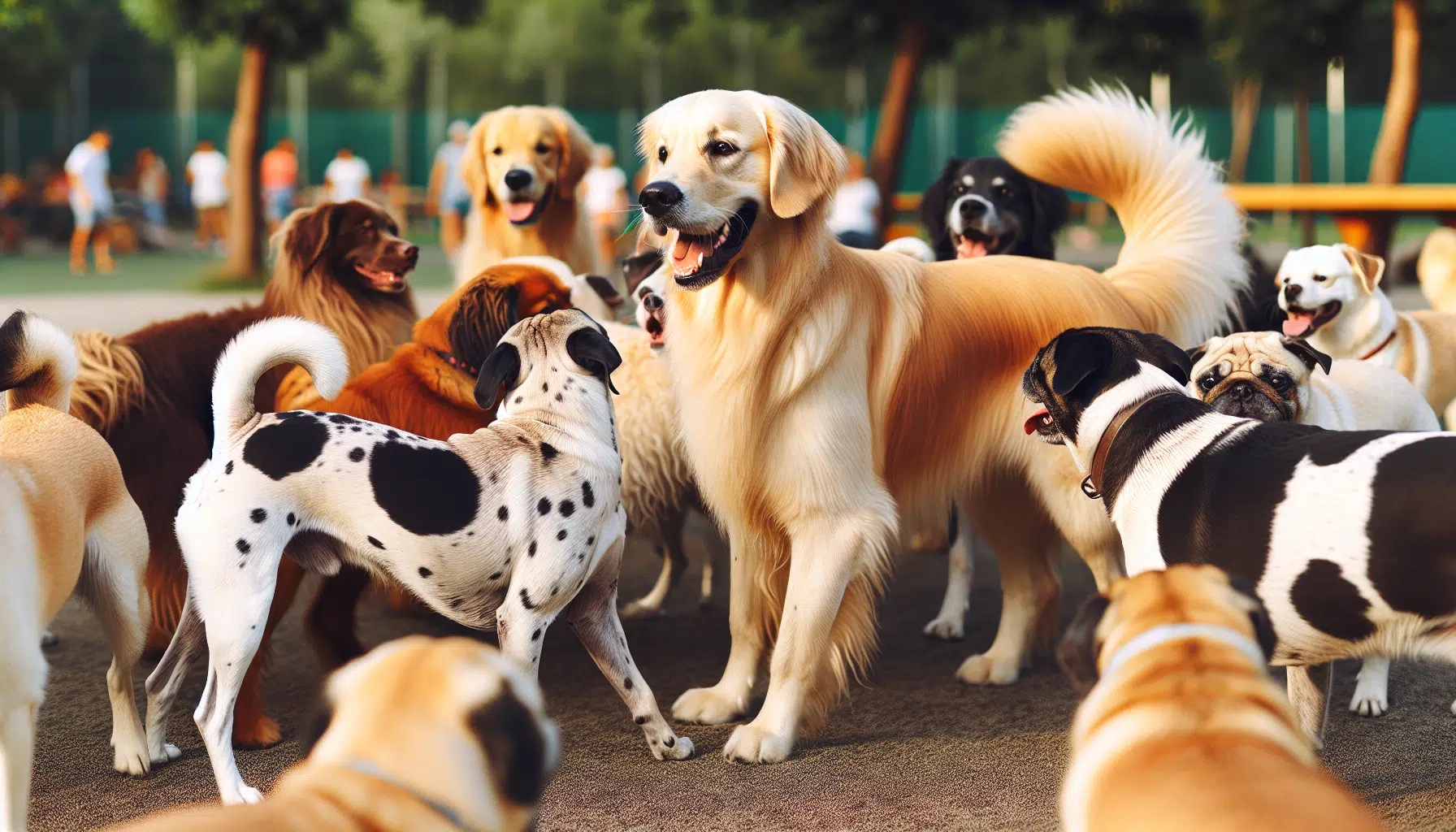
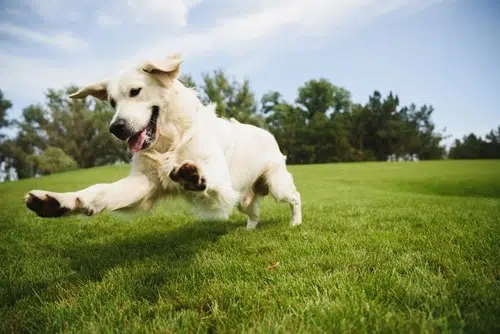



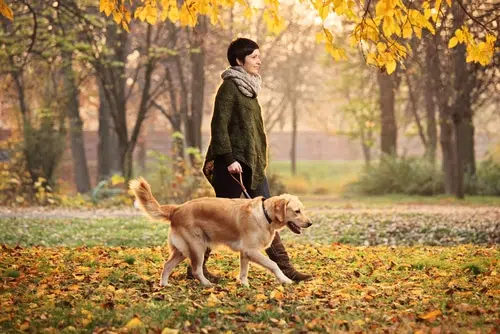
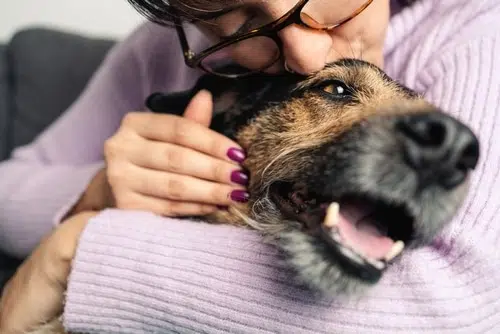
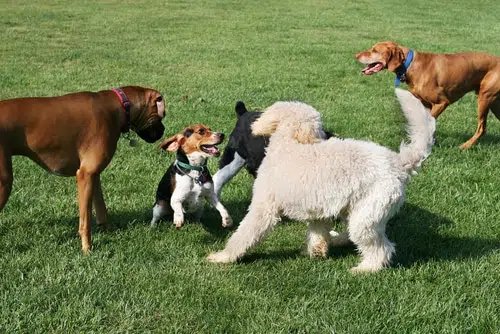


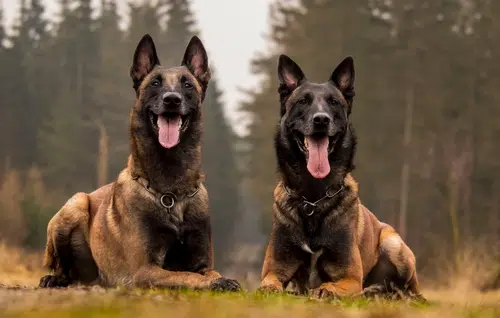






Get involved!
Comments